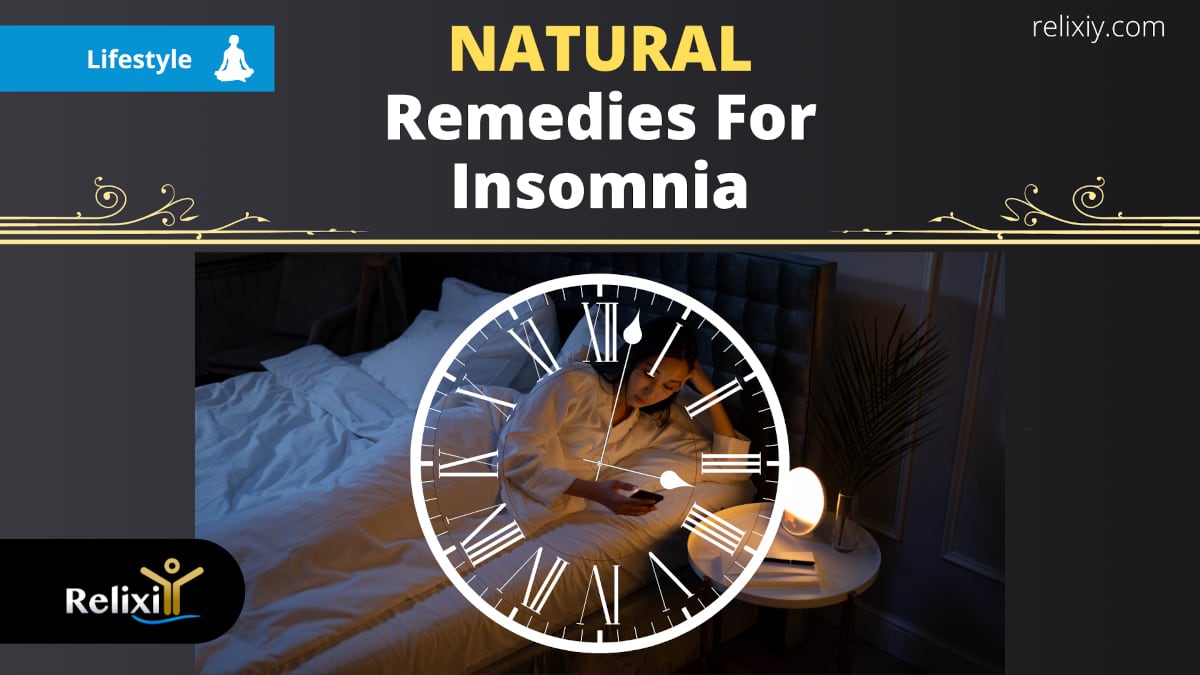Bedroom colors and moods: can the colour of your bedroom influence your mood?
The short answer is yes, so you should pay attention to the colour schemes for your bedroom, as well as for any other room in your home. The world is vibrant, and you, like everyone else, have your own preferences.
You may have observed that positive colours can alter your mood. What you may now not realise, though, is that colour can have an effect on you subconsciously as well.
Colour is used to promote health and wellbeing in many cultures. Some Feng Shui and acupuncture practitioners, for example, use colour in the form of gemstones, candles, textiles, and prisms.
Chromotherapy is a type of alternative medicine that employs the use of colour and light to correct imbalances in a person’s physical, mental, emotional, or spiritual energy. Room colour has the ability to influence our moods and ideas in a variety of ways, based on your age, gender, ethnic background, and climate.
Bedroom Colors And Moods
Colours can have a variety of physical, emotional, and psychological consequences. Some hues are soothing, while others are energizing. Surrounding oneself with the right colours can help you get the most out of their benefits, such as stress relief.
Consider the following colours and their potential effects:
- Blue – A soothing colour, blue can be especially beneficial for stress relief because it promotes a powerful sense of tranquilly.
- Purple– is a colour that represents strength, wisdom, and peace throughout many civilisations. Purple has a calming effect that really can help you relax and unwind.
- White/grey – Symbolic of purity and freshness, vibrant white can inspire mental readability (however, dull white can cloud your emotions).
- Orange- is thought to be healthy and prolific. It commands attention while also representing balance, warmth, vigour, and zeal.
- Yellow – Softer than purple and orange, however nevertheless sunny and joyful, yellow can both improve your temper and counteract stress.
- Red– is the most psychologically stimulating colour, as it represents confidence, enthusiasm, and vitality. Passionate, energetic, outgoing, and courageous people adore red.
- Pink-The delicate side of the red colour family is pink. Pink lovers are thought to be feminine, innocent, and romantic. Pink is a more relaxing colour than red and can be used in the bedroom.
Best color for bedroom: Colour psychology
Carl Jung, a well-known psychotherapist, is credited with inventing colour psychology. He was fascinated by the properties and significance of colours, and he considered that colourful art can be used as a psychiatric aid. Room colour psychology is an important element of your daily life, altering your moods and energy levels simply by choosing the right wall colour. The colours you choose for your home’s interiors are also a reflection of your personality. Colours that represent the likes and characteristics of the individuals who live in a home make it beautiful. Colour has the ability to alter the shape and size of furniture as well as the shape and size of the room.
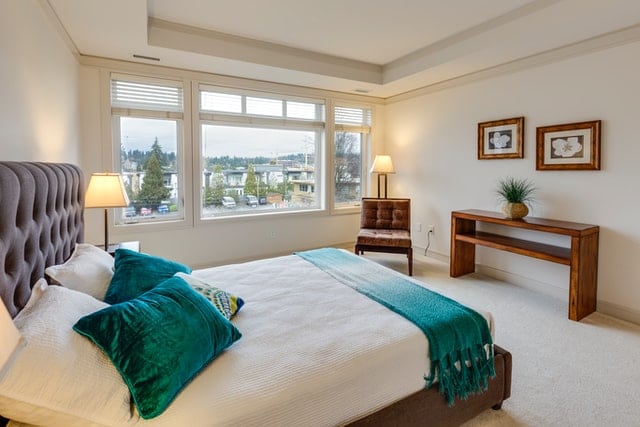
It is not difficult to choose colours if you have a basic understanding of colour and its effects. The goal is to combine your favourite colours into a nice combination, but choosing colour schemes is one of the most difficult processes for novices.
Room colours and the way they could affect your mood
Once you have located what you want and, preserve the colours within the room to a minimum. A space with several colours might feel cluttered and chaotic. Bedroom colours and moods should contain hues that convey a general sense of calm and restfulness to the space. Considering the room colour psychology of colours like green, blue, and purple for its tranquil effects when choosing a room colour for your bedroom.
Colours to prefer in your bedroom
- Green is designed to help with conception and stress relief, making it an excellent choice for the bedroom.
- Blue is taken into consideration to decrease blood strain even as additionally lowering respiration and coronary heart fee.
- Lighter colours in purple, such as lavender and lilac, nevertheless have a calming effect in the bedroom without being too frigid.
Colours to keep away from your bedroom
- Orange is a vibrant, energising colour that is diametrically opposed to the restful atmosphere of your bedroom.
- Pastel blue at the partitions may sense uncomfortably cold, particularly in a room with constrained herbal mild.
Cooler colours for bedroom
Blue: The colour of calm
- The colour blue evokes sentiments of calmness and tranquillity. It is frequently described as calm, tranquil, secure, and well-ordered.
- Blue is frequently associated with stability and reliability.
- The colour blue can also help to reduce your heart rate and body temperature.
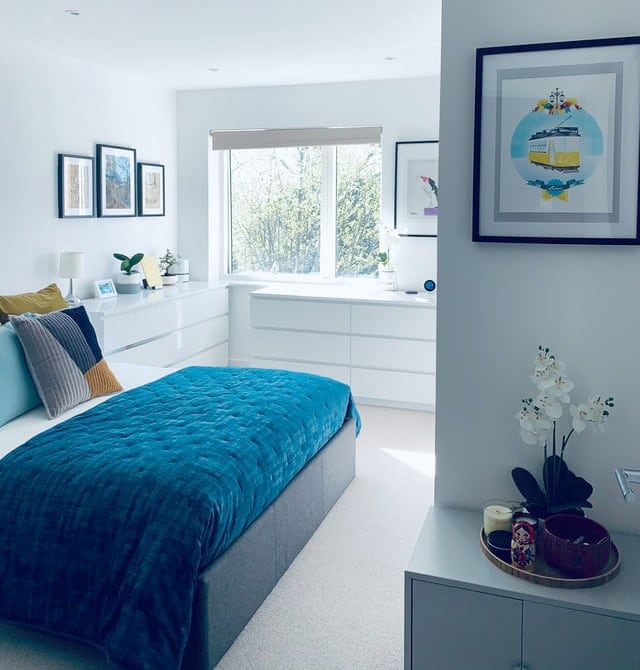
Purple: the colour of sophistication
- Purple inspires you to be more creative.
- Purple is a colour that conjures up images of intrigue, creativity, monarchy, and prosperity.
- Purple in warm tones is widely used to sooth or calm onlookers, which is why it is employed in cosmetic products.
- Purple can be used to make a design appear more expensive and wealthier, or a lighter purple might be used to convey romance and mystery.
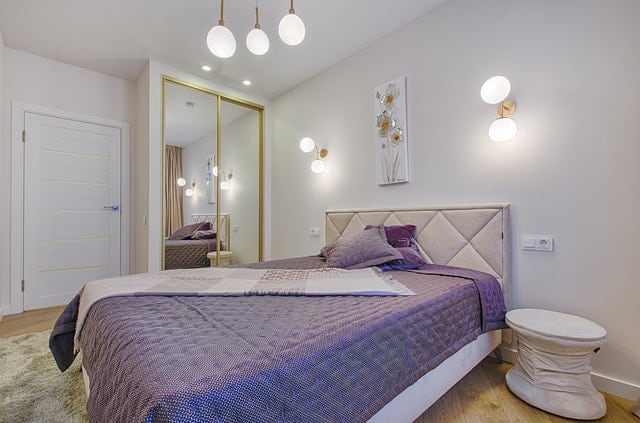
Grey: the new in colour
- It is a symbol of balance and neutrality.
- Grey has a relaxing effect on you.
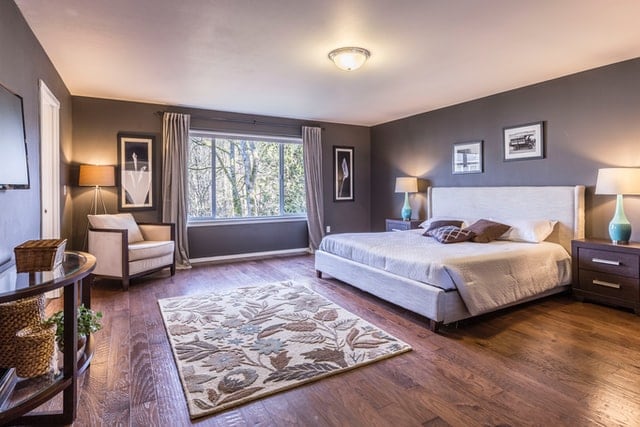
Dreamy combo into your bedroom
Grey and blue
Grey and blue are an extremely flexible color combination. you can move for an absolutely contrasting scheme with light blue and a deep charcoal grey or create a truly cohesive look where your colours combination so seamlessly that you slightly observe the distinction between the two.
Purple and grey
Royalty, aristocracy, luxury, power, and ambition are all connected with purple and grey. Wealth, extravagance, creativity, wisdom, dignity, grandeur, devotion, tranquilly, pride, mystery, and independence are all associated with purple. Grey, on the other hand, is the colour of intellect and compromise.
What room colours have an effect on mood?
Ancient cultures believed that orange should heal the lungs and boom energy ranges, while yellow can also overstimulate the frame, at the same time as hues like blue, green, and mild purple are all calming, soothing sun shades.
colour of a room has an impact on human behaviour & perception
Some colours are particularly well-known for their ability to influence human behaviour. Red, for example, is regularly visible to be too provocative for beds, and pink is a colouration that would worsen sure individuals, evoking a mind of fury and hostility. If you’re just in the room after dark, though, you’ll be seeing it largely by lamplight, which can make reds appear subdued, rich, and beautiful, promoting more soothing feelings.
Light colours are expansive and airy, making rooms appear larger and spacious, while dark colours are sophisticated and warm, giving large rooms a more intimate appearance. Yellow is a common choice for corridors, doorways, and tiny rooms because it may feel vast and welcome.
Conclusion
Choosing the colour palette for your bedroom is a very important choice that can affect how you will feel inside that room. For the best sleep, you should prefer calm and soothing colours, like blue, purple, grey or green.
That’s why our Relixiy anxiety blanket has a reversible cover: grey on one side and blue with purple shades on the other side. Some people say that Relixiy® looks like a purple weighted blanket but this depends on the light of the day.
This gives you the flexibility to choose what works best not only for your bedroom but also for the mood of the day.
Everybody deserves to have the best night sleep to fully recover their energy and perform at their best. Relixiy is committed to delivering only the best for its customers: because details make things perfect and you deserve only the best weighted blanket for yourself.




